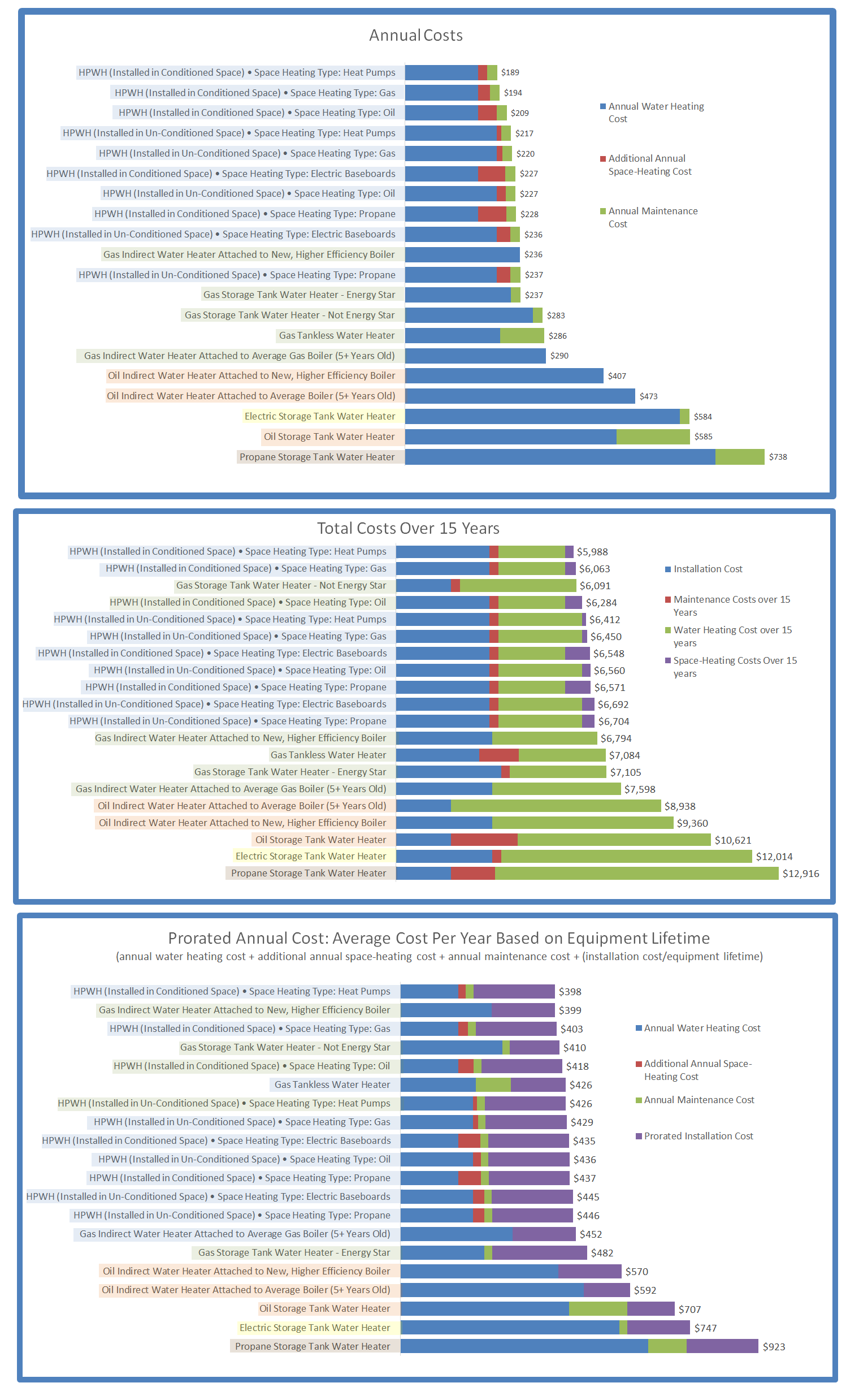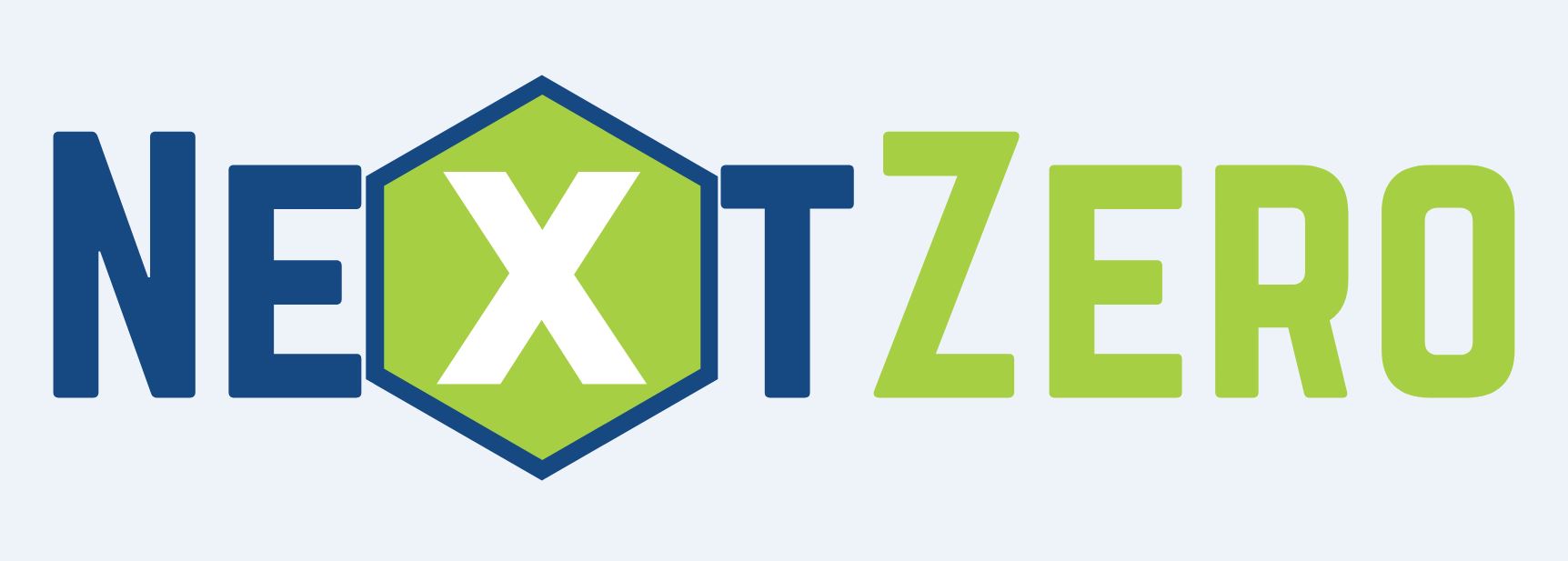- Pros: Widely available and relatively low upfront cost. Generally simpler technology than heat pump water heaters and tankless water heaters.
- Cons:
- Standby heat loss (the energy lost as heat from the stored water to the surrounding environment when the water isn’t being used).
- Propane, oil and electric conventional storage tank water heaters have high operating costs.
- Propane and oil water heaters have especially high carbon emissions compared to other fuel types.
- Lifetime: ~ 15 yearssource
- HG&E Incentives:
2. Indirect Water Heaters (Sidearm Tanks)
These systems use your home’s boiler to heat water stored in a separate tank. They are especially efficient when paired with high-efficiency boilers and typically have longer lifetimes than storage tank and heat pump water heaters due to fewer internal components, no direct flame, etc.
- Pros: Long lifespan
- Cons: Requires a boiler
- Lifetime: ~20 yearssource
- HG&E Incentives:
3. Tankless Water Heaters
Heats water only when needed, eliminating standby energy loss. Powered by gas, propane, or electricity.
- Pros: Energy efficient, compact
- Cons: May struggle with high simultaneous demand in large households
- Lifetime: 20 yearssource
- HG&E Incentives:
- N/A
4. Heat Pump Water Heaters (Hybrid)
Uses electricity to extract heat from surrounding air to warm the water—making it about 3x more efficient than conventional models. Can switch to electric resistance heating during high demand.
- Pros: High efficiency, low carbon emissions, less stand-by heat loss than conventional storage tank water heaters.
- Cons: Higher up-front costs, cool the surrounding air as they operate, potentially higher repair costs than conventional storage tank water heaters
- Best For: Basements or utility spaces with existing heat sources like furnaces or boilers
- Considerations:
- Slower recovery time—consider a larger tank size
- Can cool the space it's installed in (thus requiring additional space heating energy use, an estimate for which is accounted for in the calculator tool below)
- Loses some efficiency in unconditioned spaces, but still offers low annual operating costs
- Lowest carbon emissions by far of all types of water heaters listed on this webpage, especially in Holyoke which has a very high percent of carbon-free electricity
- Lifetime: ~15 yearssource
- HG&E Incentives:
Water Heater Temperature Tip
Most systems are set to 140°F by default, but Energy.gov recommends 120°F for most homes. Lowering the temperature can save $36–$61 annually in standby heat loss.source
water heater Cost Comparison
The cost comparison chart below is based on several assumptions, including that the average household using the new water heater has 2.8 people. Actual results may vary considerably depending on factors such as household size and installation costs. To refine the estimates for your situation, it is recommended to use this Microsoft Excel version of the water heater cost comparison tool. You can adjust key assumptions—especially the number of people per household (cell C10)—to see how they affect the results.
If you have any questions or need help using the tool, please contact us at efficiency@hged.com
Notes on the Water Heater Cost Comparison Tool
- HPWH stands for heat pump water heater.
- The calculator includes default assumptions that can be customized for your specific project.
- Factors such as installation costs, household size, and daily hot water use can greatly impact cost-effectiveness.
- To make an informed choice, consider obtaining quotes from multiple installers and for different types of water heaters.
- Most water heaters display a yellow Energy Guide label, which estimates the model’s annual energy use.
- This calculator is for comparison purposes only; actual performance may differ.
- Installation cost estimates for the heat pump water heater assume a $300 rebate through HG&E, which is the minimum heat pump water heater rebate available. It does not include additional tax credits that may be available.




